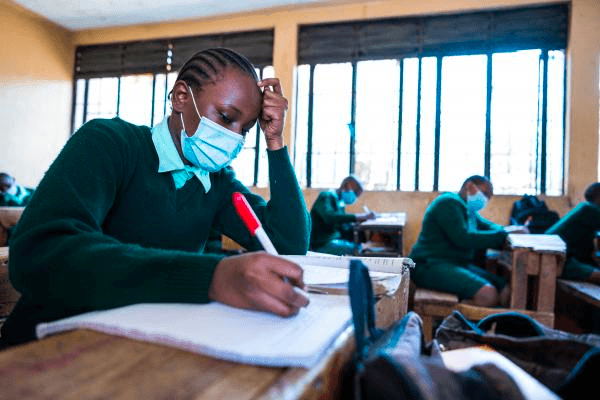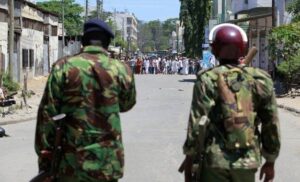
Share
By Michael Barnabe
The introduction of the free primary education policy in 2003 was in tandem with the efforts of the international community who had adopted the six Educations for All (EFA) goals at the World Forum held in Dakar, Senegal in April 2000, as well as the Millennium Development Goals in 2000.
The goals call for increased access to quality basic education and training which have been domesticated in Kenya (World Education Forum, 2000; Republic of Kenya/UNESCO, 2012).
On the other hand, a free secondary education policy was introduced in 2008 ostensibly to make secondary school education affordable. The policy aimed to enhance access, transition and student academic performance.
However, 21 years later, there are still questions on whether education is indeed free. In recent past, parents have raised complains accusing schools heads of imposing additional fees despite existing policies.
Every year the government of Kenya allocates a certain amount of money to every child in primary and secondary school. This means that a parent is now required to top up the amount.
The input by the government is geared towards increasing school retention in across the country. Already, the government appears to have made significant strides in achieving this goal.
For instance, in the retention of pupils in Nairobi County stands at 99% in pre-primary school, 90% in primary school and 95% in secondary school.
According to data extracted from the National Education Management Information System (NEMIS portal as of July 2021, each student in a public secondary school in Kenya receives a capitation grant of Sh22,244 per year from the government.
The amount is disbursed to schools’ operations and tuition bank accounts in an equal instalment of 25% per quarter of the fiscal year. This means that secondary schools receive about Sh5,700 per quarter.
The money is distributed according to the number of students a school has registered on the NEMIS platform. Below is how the Sh5700 should be used per quarter:
- Maintenance and improvement – Sh2,000
- Teaching and Learning – Sh730
- Insurance (NHIF-EduAfya) – Sh200
- Textbooks – Sh170
- SMASSE – Sh100
The subsidy provided to each student in boarding schools by the government is the same as that of day secondary school.
Parents are also required to pay boarding fees applicable to different categories of schools and locations as highlighted below.
Boarding school fees for National Schools in Nairobi, Mombasa, Nakuru, Kisumu, Nyeri, Thika, and Eldoret (Category A schools) are required to pay Sh45,000 from parents and the government will pay Sh22,244 (capitation), which leads to a total of Sh67, 244.
On the other hand, school fees for all boarding schools and extra county schools that are in Nairobi, Mombasa, Nakuru, Kisumu, Nyeri Thika, and Eldoret stands at Sh 35,000 from parents and Sh22,244 from the government translating to a total of Sh57,244 per year.
Parents with students in special needs schools will pay Ksh 10,860 per year and the government will pay 53,807. Parents also pay an addition of Sh2,000 per student in the first term of reporting.
To implement the free day secondary education (FDSE) programme, Sh22,244 that is sent to schools should be used as follows.
- Other Vote heads – Sh9,400
- Maintenance and Improvement – Sh 5,000
- Tuition – Sh4,144
- Medical Insurance – Sh2,000
- Activity – Sh1,500
- SMASSE Sh 200
Image: Student in class in Kenya. Source: UNICEF
This story was produced by Mtaani Radio in partnership with Code for Africa, Kenya Community Media Network and the Catholic Media Council with support from the German Cooperation as a part of the Our County Our Responsibility project.


